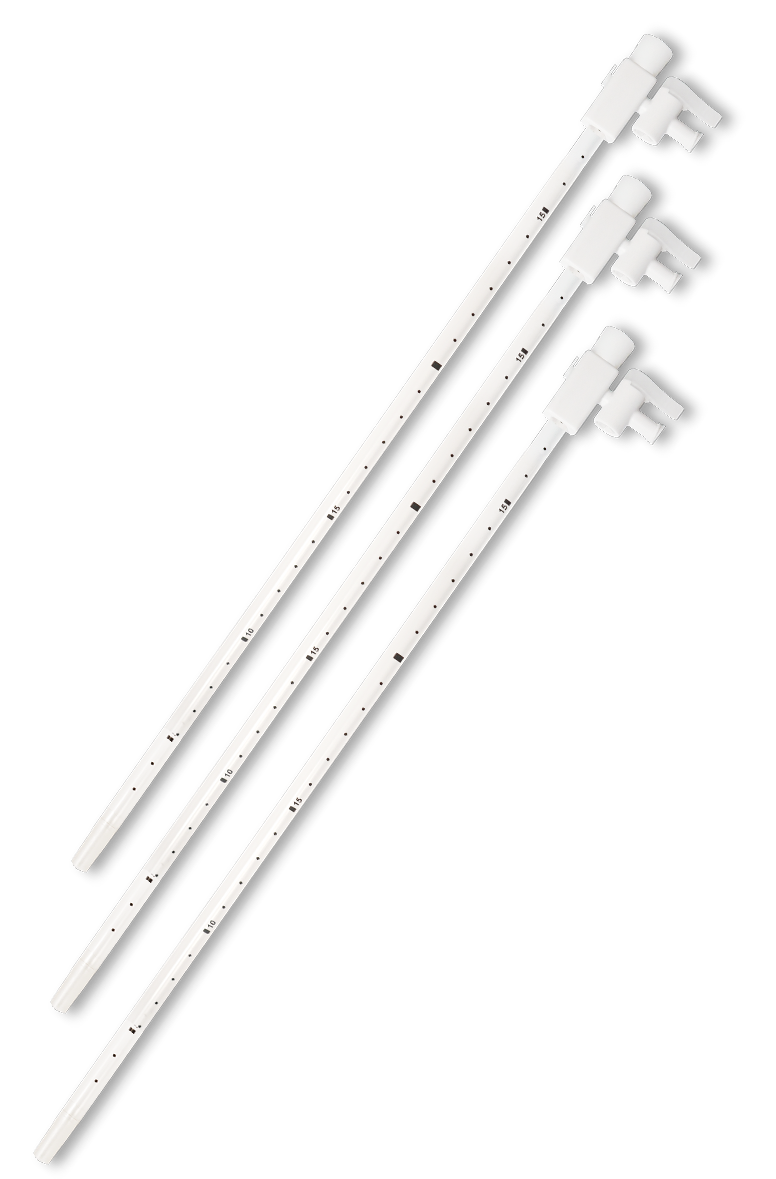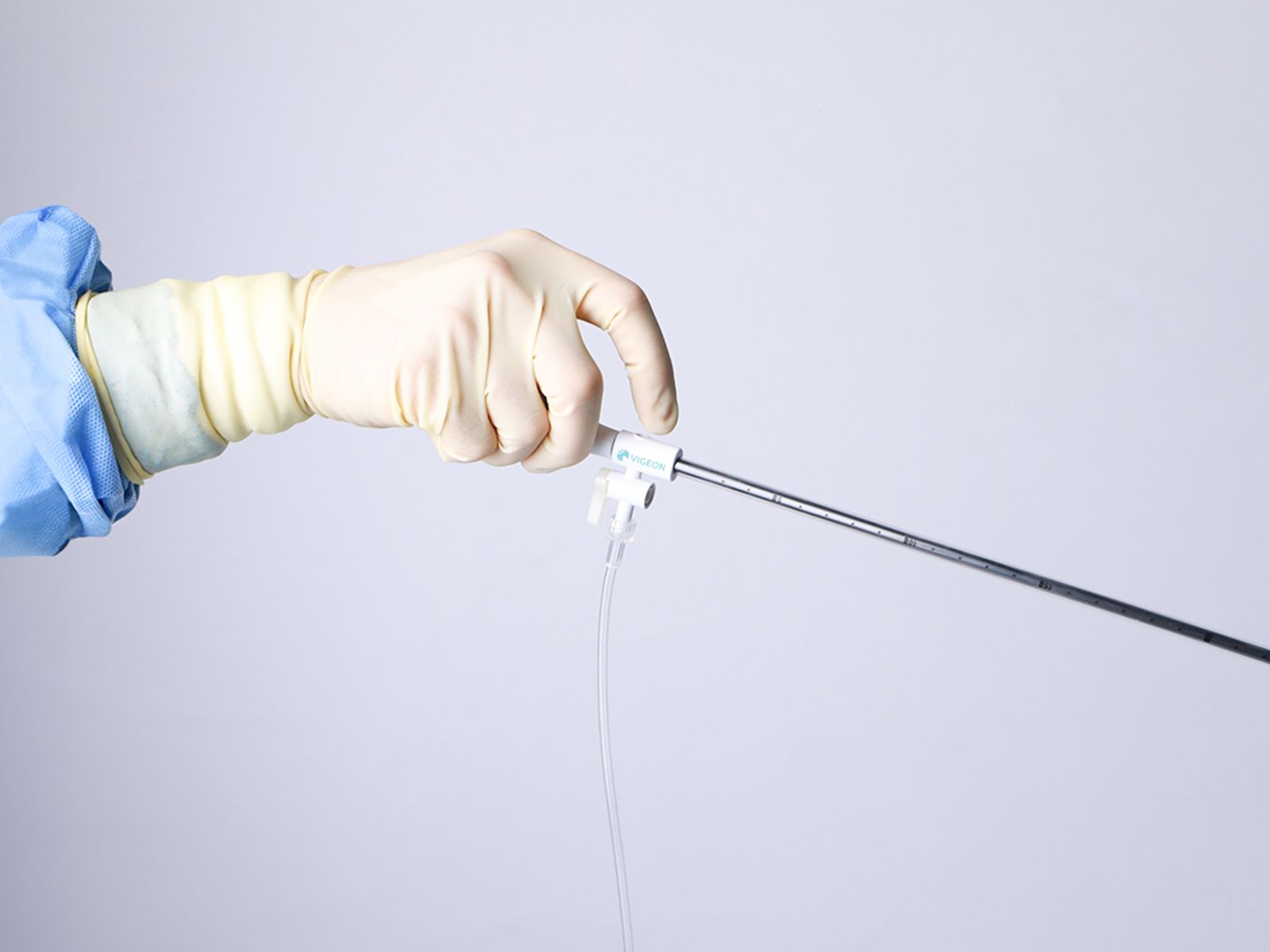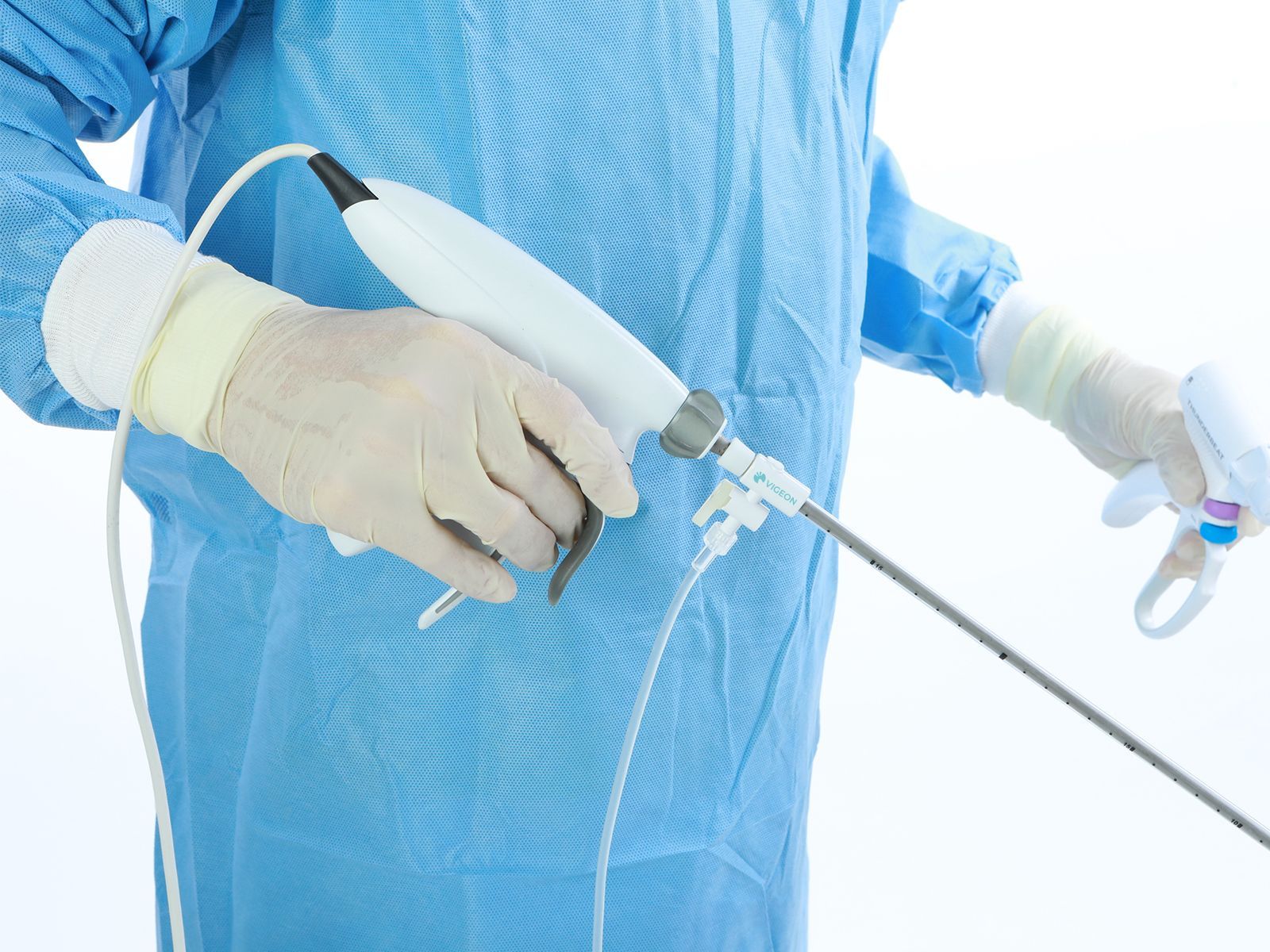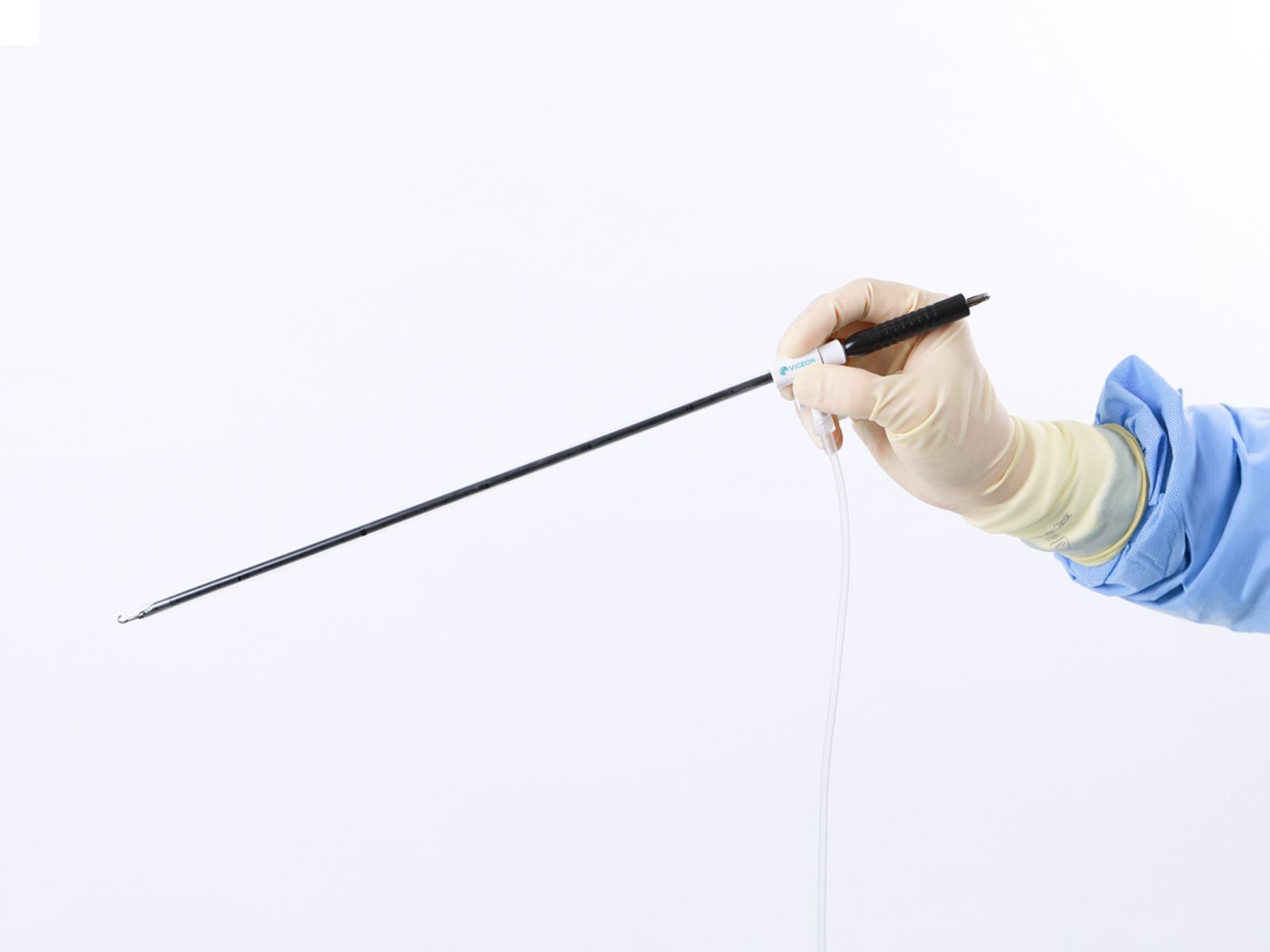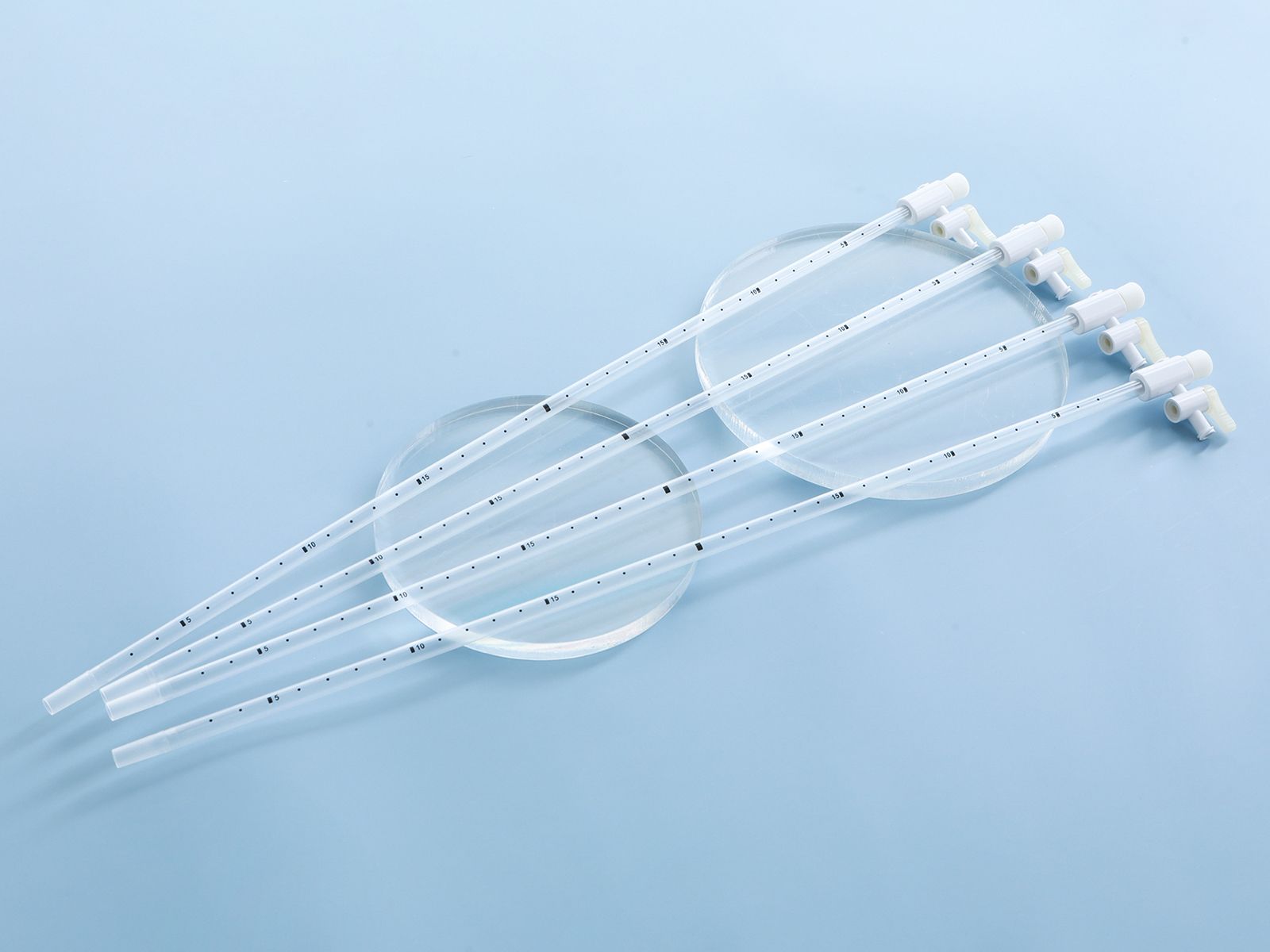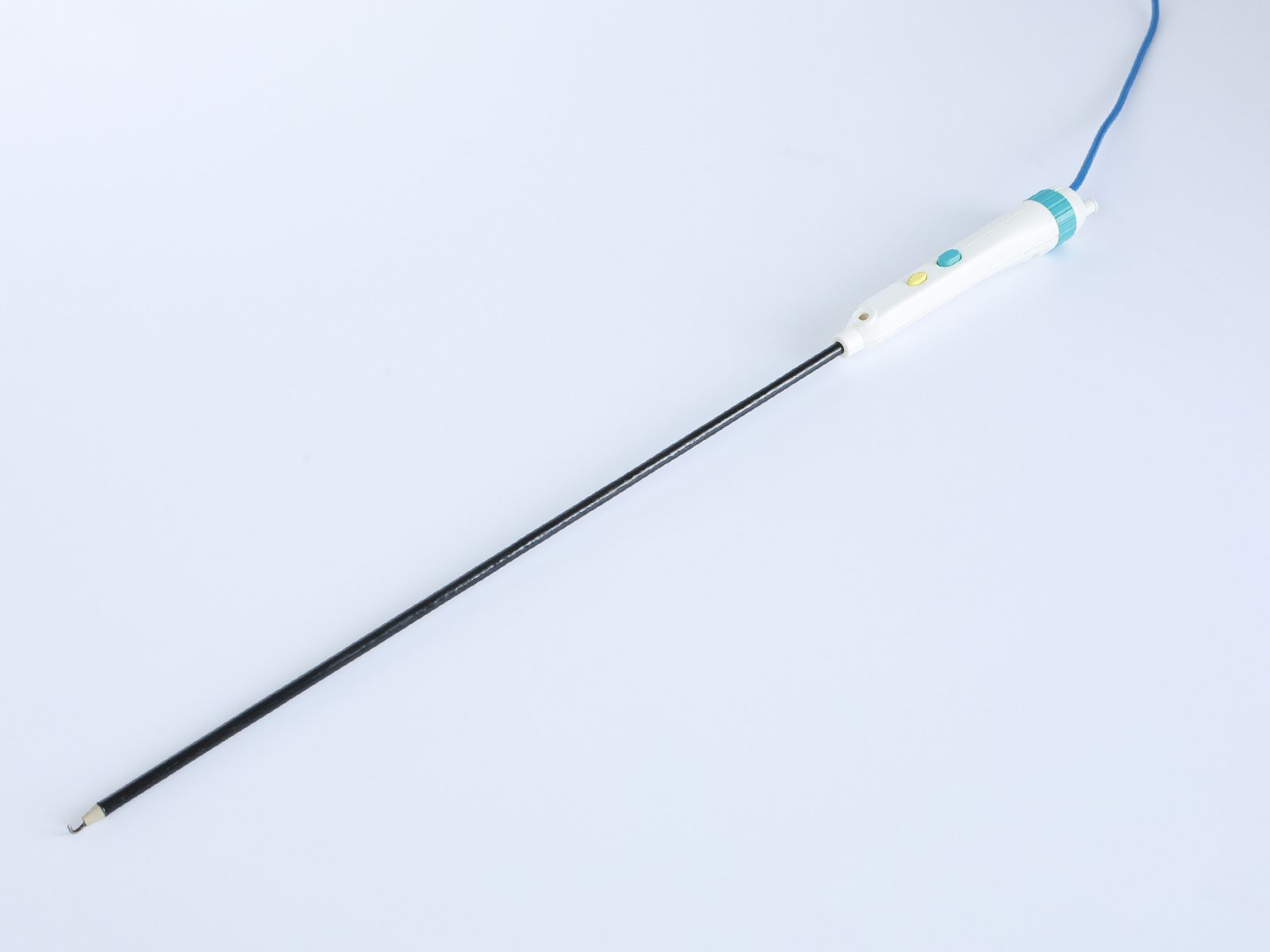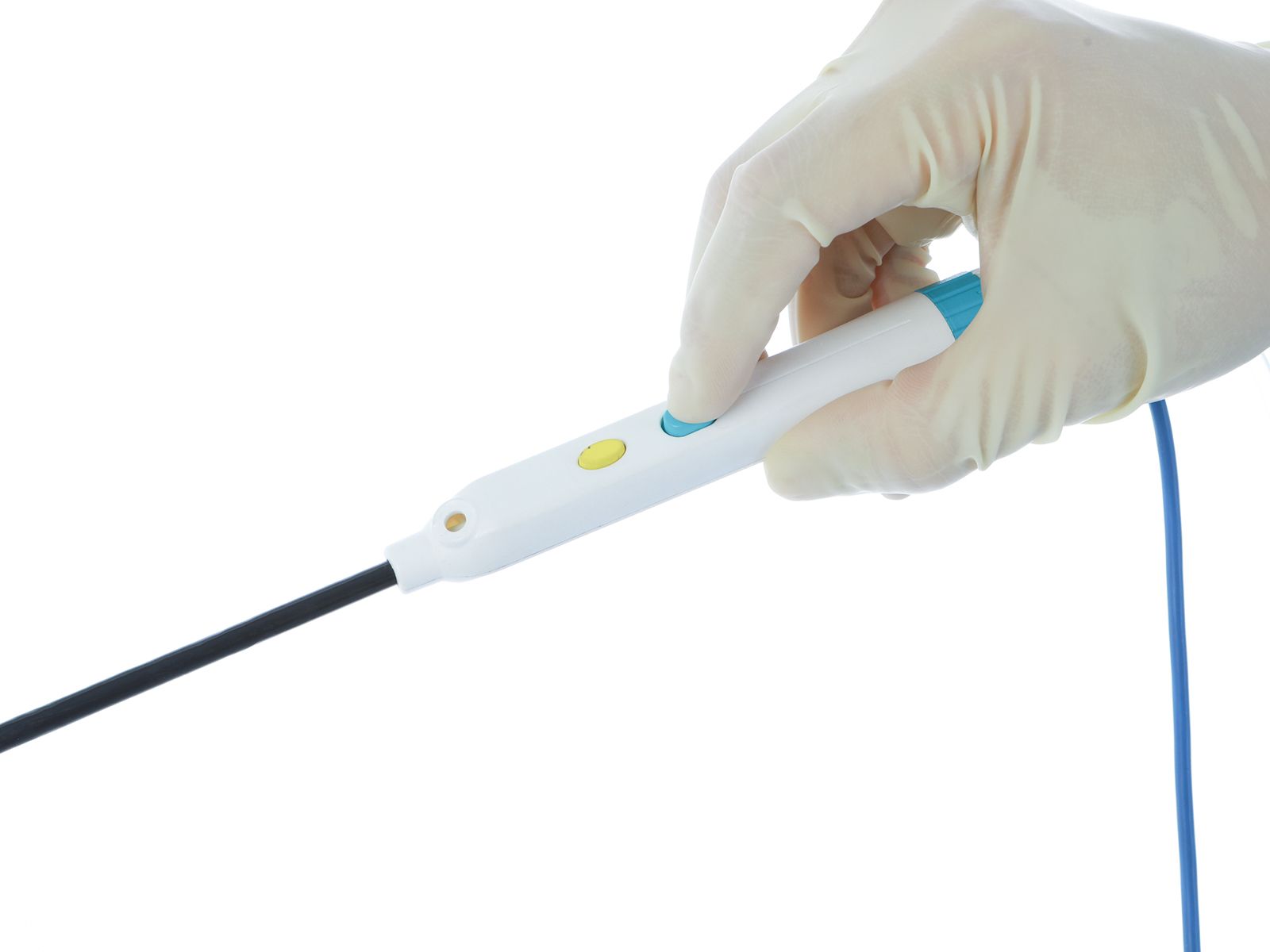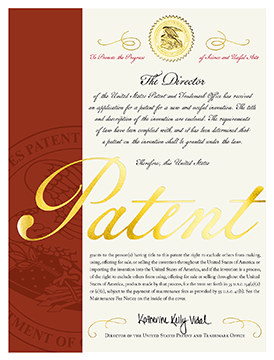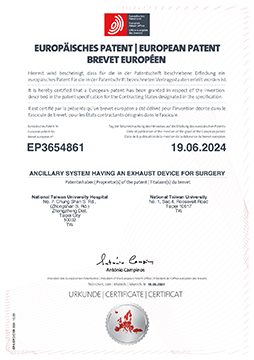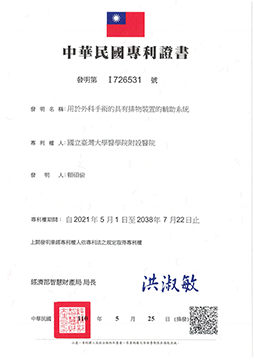Core Feature
Proximal, Active, Continuous Smoke Evacuation
Immediate evacuation from the proximal end
Instant smoke removal from the rear-end of electrode.
One-finger intensity control
The innovative design is protected by domestic and international patents. Effortless control with just one finger.
No additional machine needed
Connected to the essential suction machine in the operating room, without additional unit.
Compatible with all energy devices
Instantly converting a standard ESU into one with smoke evacuation capabilities.
Advantages
Over Conventional Systems
- Maintain critical surgical view
(Immediate evacuation from surgical site) - Protect environment(removed >99% toxic inhalation)
- Improve surgical efficiency (decreased 75% waiting time for smoke clearance)
- User friendly (Minimally affected surgeons’ practice)
Product
Laparoscopic Smoke Evacuator
Smoke Evacuator for Minimally Invasive Surgery
Discover our advanced smoke evacuator, featuring an exhaust tube and a control valve.
Designed for seamless installation on 5mm surgical electrodes or high-energy instruments used in minimally invasive surgery, this device connects to the vacuum suction system to
effectively remove smoke, small amounts of blood, and water from the instrument tip using negative pressure.
Its innovative design enhances visual field clarity and boosts patient safety during surgical procedures.
Easy to fit
Quick, Hassle-Free Assembly
Set up your Vigeon Smoke Evacuator in just minutes. Simply open the sterile package, adjust the exhaust tube to fit your electrode, and connect it to the control valve. Attach the suction components, insert the electrode, and you’re ready to go. Switch between suction modes with a simple turn of the valve for optimal performance during electrocoagulation.
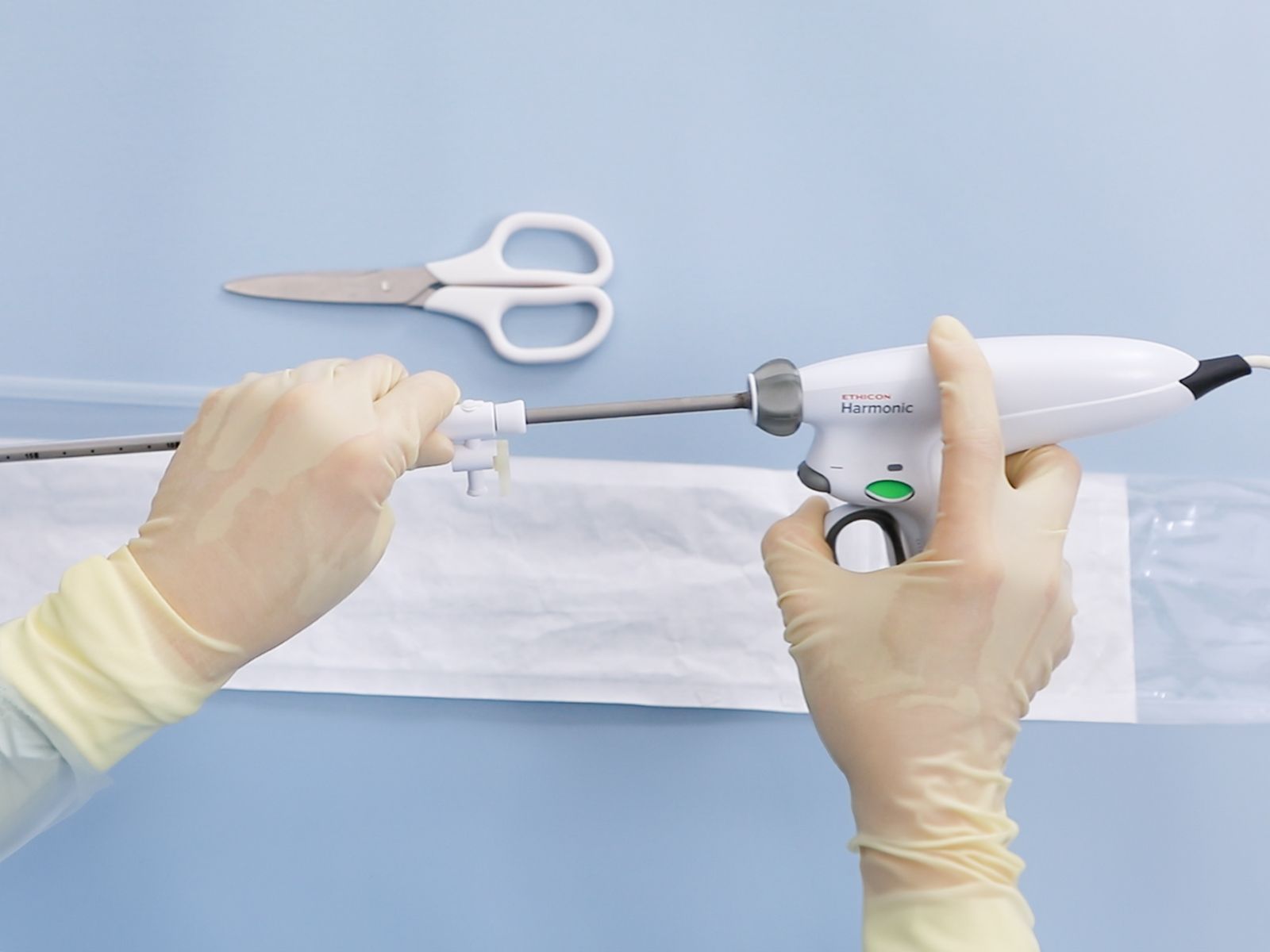
Laparoscopic Smokeless Electrode
All In One -
Electrocautery-Evacuation Synchronizer (EES)
Introducing our state-of-the-art monopolar device, specifically designed for electrosurgical applications such as cutting and coagulation.
Perfectly compatible with 5mm trocars for minimally invasive surgery, this device, when used with a smoke evacuation system, effectively removes smoke generated by electrocautery.
Its innovative design enhances visual field clarity and elevates patient safety during surgical procedures, without causing the risk of decompression. The button design does not interfere with the physician's operation, and the ergonomic handle design ensures comfort.
Designated evacuation
Designed with a patented tip, this smokeless electrode ensures seamless integration of electrocautery and smoke evacuation, revolutionizing minimally invasive surgery with precision and safety.
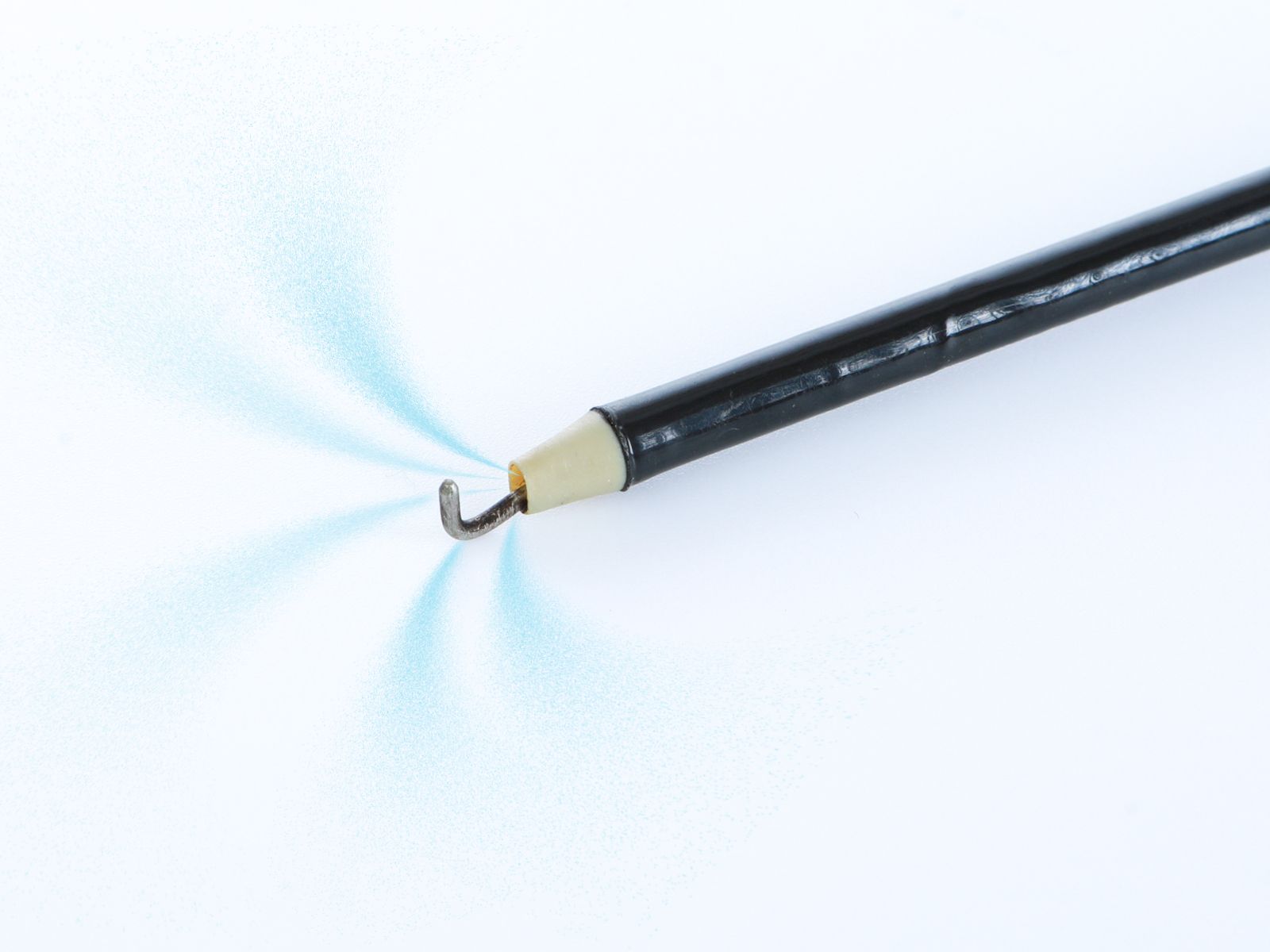
FAQ
What are the advantages of the product? What key problems does it solve?
It enables proximal, active, and continuous smoke evacuation—reducing visibility loss, minimizing harmful exposure, and improving workflow efficiency.
How is it installed?
See VideoAttach the device to the energy instrument and trim it according to scale markings, maintaining a +0.5 cm margin near the tip. Reinstall as needed for different lengths.
Will it block the surgeon’s view?
No. The device is slim and lightweighted. When properly trimmed, it remains clear of the surgical field.
Is it safe to use when the tip of the scalpel becomes hot during the electrocautery process?
There is no direct contact of the evacuator’s distal end and the scalpel. For safety, we recommend positioning the evacuator’s distal end 5mm away from the tip (e.g. hook) or jaw (e.g. harmonic scalpel) to ensure effective smoke removal without interfering with surgical performance.
Is there a risk of suctioning surrounding tissues and cauterizing areas other than the target due to the suction?
Unintended tissue suction was rare. If it does occur, the surgeon can quickly release the pressure by opening the adjustment hole. Additionally, there is a distance between the blade tip and the evacuator entrance, which minimizes the likelihood of unintended cauterization.
What is the proper power setting for the suction machine during usage?
It varies with different kinds of machines. Generally, the suction power setting can be followed by routine, ranging 150-300 mmHg. The maintenance of intra-abdominal pressure (above 8 mmHg) can be fine-tuned using the adjustable flow control valve at the operator's end.
What is the proper setting of pneumoperitoneum pressure and flow rate for the insufflation machine during usage?
A setting of 12–15 mmHg pressure and 10–15 L/min flow rate is generally sufficient to maintain stable pneumoperitoneum.
How is the smoke filtered after being evacuated from the body?
Smoke is drawn from the surgical cavity through the evacuator, then passes into a collection bag and finally through the suction system for filtration and disposal.
Can it suction fluid as well?
Discover the impactIt can evacuate clear fluid like ascites or minor bleeding, but is not intended for thick mucus or large blood clots.
What size of trocar can it be used?
It can fit all >=8mm trocar and 5mm balloon trocar (e.g. Applied Medical)
Is it compatible with smoke evacuation systems synchronized with the electrocautery machine?
Yes. It can be connected with fluid collecting bottles or synchronized smoke evacuation pumps, which help optimize CO₂ consumption.

